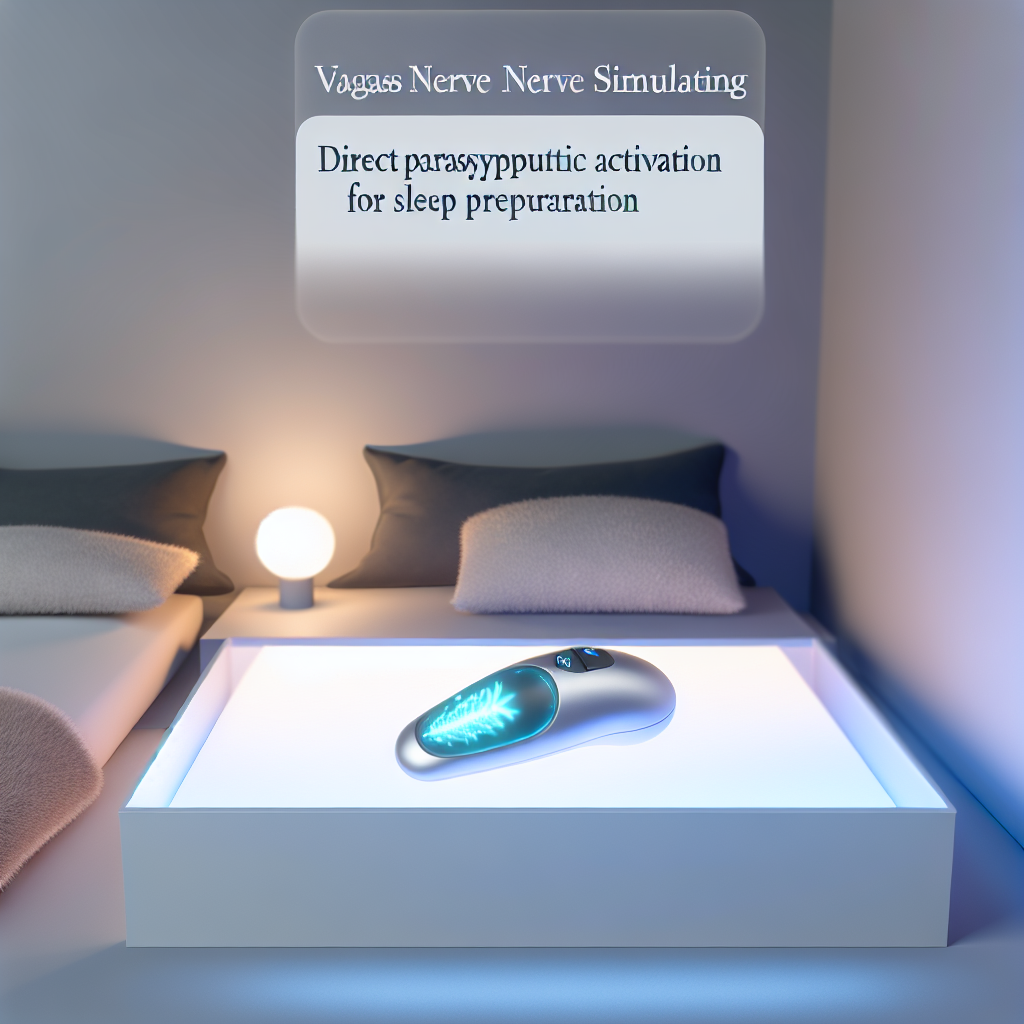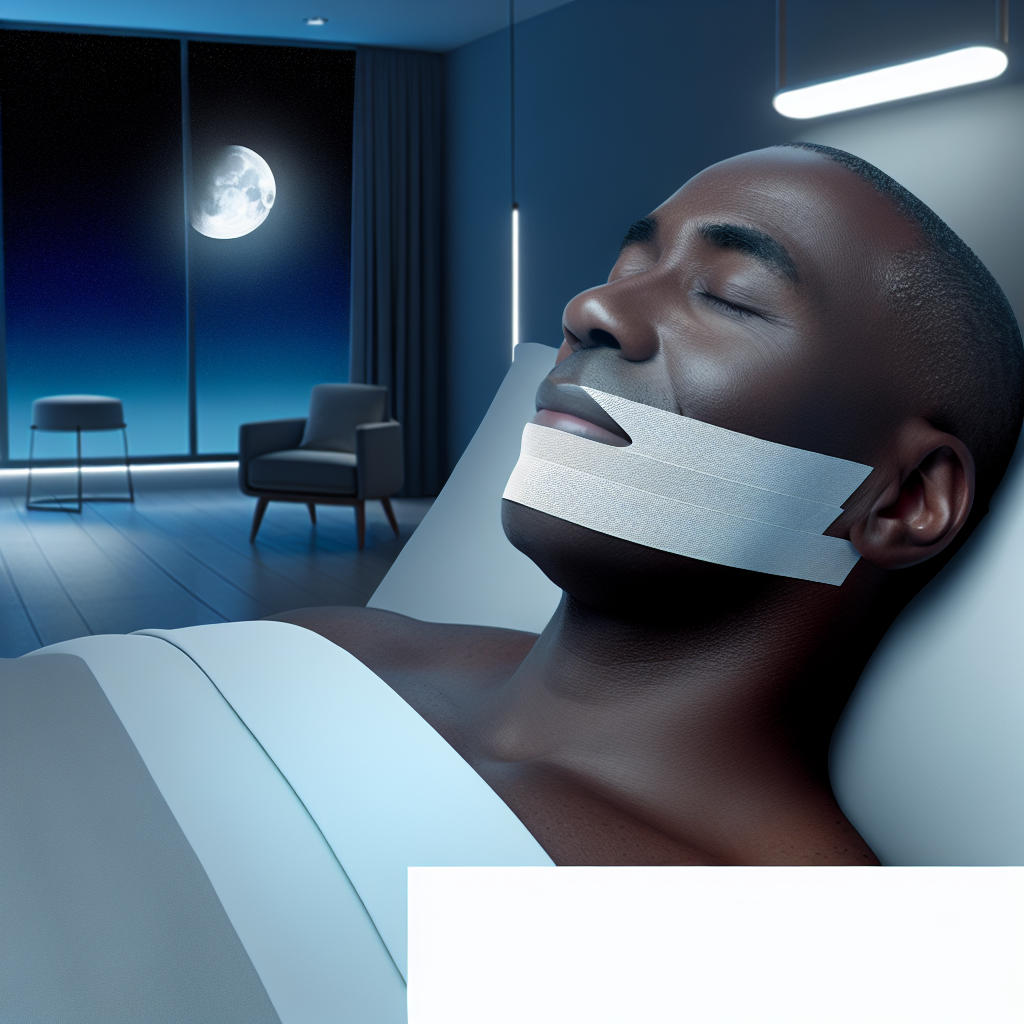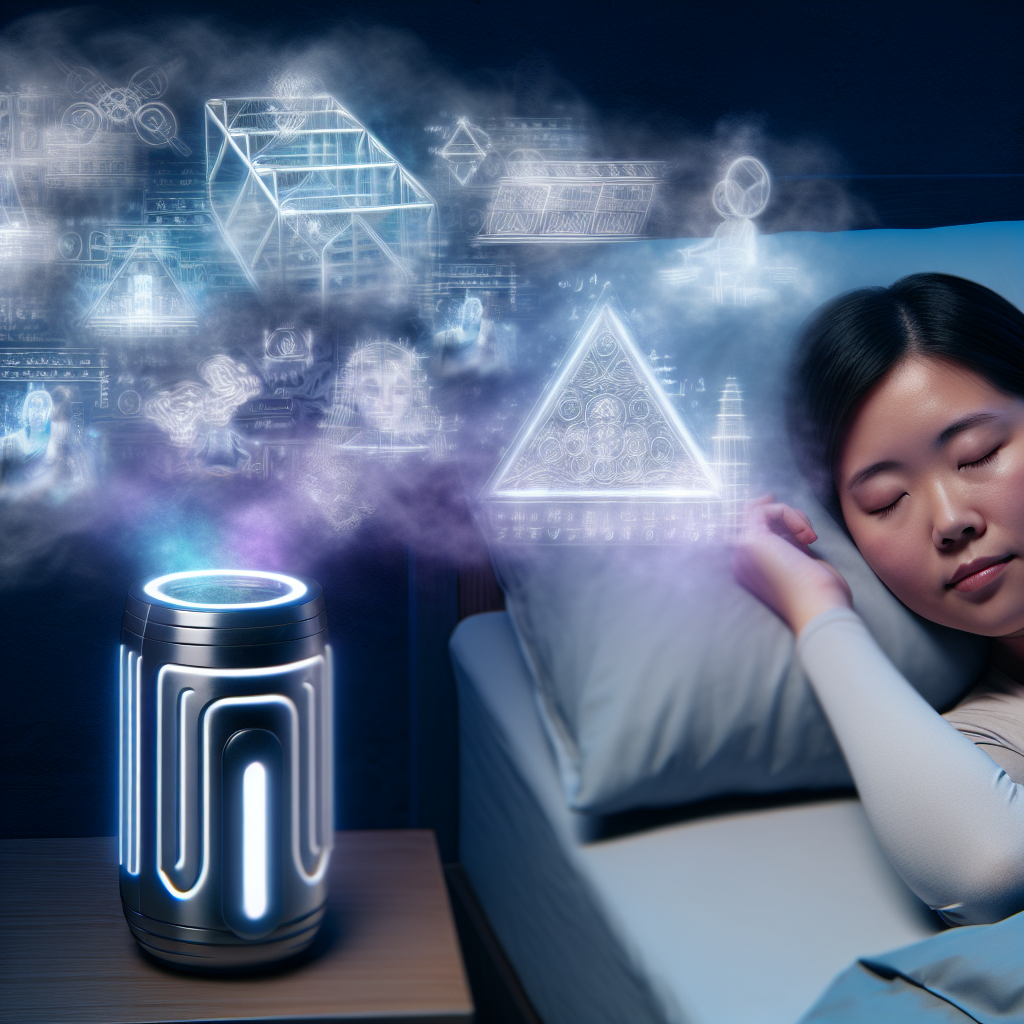Here is the content with the requested changes:
Vagus Nerve Stimulation Devices: Direct Parasympathetic Activation for Sleep Preparation
In today’s fast-paced digital era, millions struggle to achieve restorative sleep due to pervasive stress, anxiety, and erratic circadian rhythms. Amid growing awareness of sleep’s profound role in mental and physical health, exciting advances in bioelectronic medicine are emerging to transform how we approach rest. One such innovation is the use of vagus nerve stimulation (VNS) devices — a cutting-edge, non-invasive tool aimed at promoting parasympathetic nervous system activation, thereby encouraging relaxation and sleep readiness.
The vagus nerve, the longest cranial nerve in the body, plays a foundational role in the autonomic nervous system (ANS), which governs involuntary bodily functions. The ANS is divided into the sympathetic (“fight-or-flight”) and parasympathetic (“rest-and-digest”) systems. Unlike stimulant-heavy approaches that suppress symptoms of poor sleep, vagus nerve stimulation directly targets the parasympathetic branch to naturally calm the body and mind — ideal conditions for restorative sleep.
Harnessing the Parasympathetic Power: How VNS Devices Work
Vagus nerve stimulation devices function by delivering subtle electrical impulses to key regions where the vagus nerve is most accessible. Two common approaches include:
– Transcutaneous Auricular Stimulation: Using electrodes attached near the tragus or concha of the ear.
– Cervical Stimulation: Using devices applied to the neck to reach the vagus nerve as it descends from the brainstem.
These impulses stimulate the afferent fibers of the vagus nerve, activating brain regions responsible for autonomic regulation. The result? Enhanced parasympathetic tone, which slows the heart rate, lowers blood pressure, and increases heart rate variability (HRV) — all conditions necessary for high-quality, uninterrupted sleep.
Science-Backed Sleep: The Research Supporting VNS
Vagus nerve stimulation, originally developed and FDA-approved for refractory epilepsy and major depressive disorder, has gained increasing traction in fields such as sleep medicine and anxiety management. In recent years, a surge in peer-reviewed studies has explored the neurological and physiological benefits of non-invasive vagus nerve stimulation (nVNS), particularly its potential for sleep improvement.
– A 2018 clinical study published in *Frontiers in Neuroscience* found that transcutaneous auricular vagus nerve stimulation (taVNS) significantly increased heart rate variability (HRV) among healthy individuals. As HRV is an indicator of parasympathetic activation, this suggests stronger regulation of sleep-related autonomic functions.
➤ Read Study
– In 2020, *Nature Scientific Reports* published findings on taVNS reducing stress and improving relaxation in those with mild sleep disturbances. Participants experienced shorter sleep latency and increased sleep efficiency — key metrics of sleep readiness.
➤ Read Study
– A randomized controlled trial by the University of Texas, published in *Brain Stimulation*, observed significant improvements in Pittsburgh Sleep Quality Index (PSQI) scores after nightly 15-minute VNS sessions. Subjects also reported decreases in pre-sleep anxiety and a smoother transition into early sleep stages.
➤ Read Study
– Researchers from the University of Leeds used fMRI to visualize how taVNS modulates limbic system activity, particularly in areas like the amygdala and hypothalamus. These brain structures govern arousal and emotional regulation, directly tying VNS to deeper neurophysiological sleep mechanisms.
➤ Read Study
These clinical investigations strongly suggest that VNS, when used consistently, can enhance sleep quality by balancing the autonomic nervous system and improving neurochemical and physiological readiness for rest.
Integrating VNS into Your Sleep Routine
One of the key benefits of modern VNS devices lies in their convenience and accessibility. As wellness technology continues to evolve, users now have access to a range of non-invasive VNS products—from earbud-style wearables to smart neck patches and handheld stimulators—that are designed for nightly at-home use.
Here’s how to integrate VNS into your sleep hygiene routine:
– Schedule a daily wind-down session: Use your VNS device for 15–20 minutes in the evening before bed to help your body transition into a parasympathetic state.
– Pair with other relaxation techniques: Combine VNS with deep breathing, meditation, or gentle yoga stretches to amplify calming effects.
– Track your heart rate variability and sleep patterns with wearable devices or apps to measure how VNS impacts your physiology over time.
– Stay consistent: Like any sleep therapy, consistency yields better results. Create a nightly ritual that includes VNS to train your nervous system over time.
Conclusion: The Future of Sleep is Now
Sleep health is foundational to mental clarity, physical recovery, hormonal regulation, and emotional stability — all of which are compromised in our overstimulated modern environment. As both sleep research and wellness technology evolve, vagus nerve stimulation devices emerge as a perfect confluence of innovation and biology. By harnessing the natural calming power of the parasympathetic nervous system through direct nerve stimulation, VNS offers a promising new avenue for individuals seeking natural, drug-free alternatives to chronic sleep difficulties.
The evidence clearly underscores that stimulating the vagus nerve can promote physiological relaxation, reduce cortisol levels, improve heart rate variability, and enhance transition into sleep. From compact earbud-like wearables to neck-applying stimulators, today’s VNS devices are increasingly tailored for convenient nightly use, integrating seamlessly into pre-bedtime routines.
For those exploring effective sleep solutions with minimal side effects and multifaceted benefits, vagus nerve stimulation devices could represent the next evolution in personal sleep technology — merging neuroscience with wellness for truly restorative nights.
References
– Frontiers in Neuroscience (2018). “Transcutaneous auricular vagus nerve stimulation modulates autonomic function.”
➤ https://www.frontiersin.org/articles/10.3389/fnins.2018.00823/full
– Nature Scientific Reports (2020). “Transcutaneous vagus nerve stimulation reduces sympathetic tone and increases subjective relaxation.”
➤ https://www.nature.com/articles/s41598-020-60579-w
– Brain Stimulation Journal (2020). “Brain modulation using vagus nerve stimulation improves sleep initiation and structure.”
➤ https://www.brainstimjrnl.com/article/S1935-861X(20)30110-1/fulltext
– University of Leeds Imaging Studies (2021). “taVNS affects emotion-regulation brain regions during rest.”
➤ https://neurosciencenews.com/vagus-nerve-brain-regions-emotion-18927/
Concise Summary:
Vagus nerve stimulation (VNS) devices are a cutting-edge, non-invasive technology that can promote parasympathetic nervous system activation, helping the body transition into a relaxed state and enhancing sleep quality. Numerous studies have shown that VNS can increase heart rate variability, reduce stress and anxiety, and improve sleep metrics like sleep latency and efficiency. By integrating VNS into a nightly routine along with other relaxation techniques, individuals can leverage the power of this bioelectronic approach to achieve more restorative, high-quality sleep.

Dominic E. is a passionate filmmaker navigating the exciting intersection of art and science. By day, he delves into the complexities of the human body as a full-time medical writer, meticulously translating intricate medical concepts into accessible and engaging narratives. By night, he explores the boundless realm of cinematic storytelling, crafting narratives that evoke emotion and challenge perspectives.
Film Student and Full-time Medical Writer for ContentVendor.com




